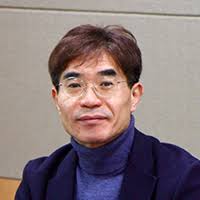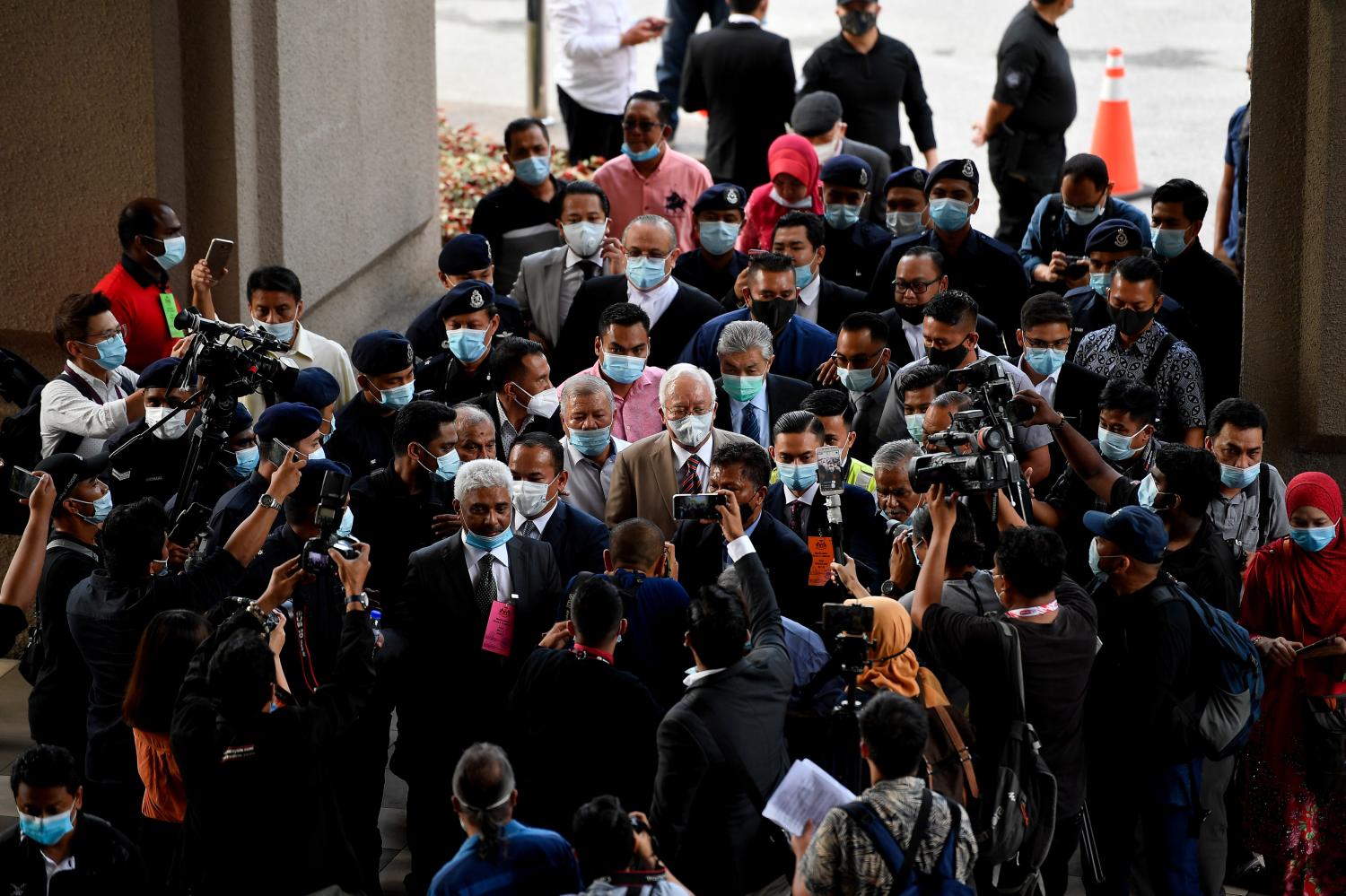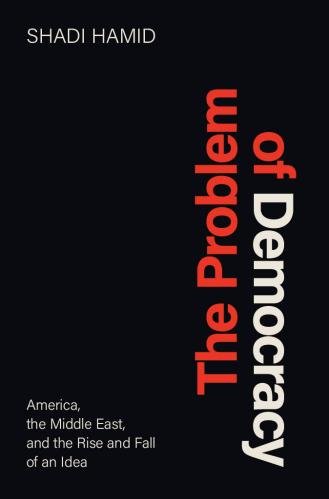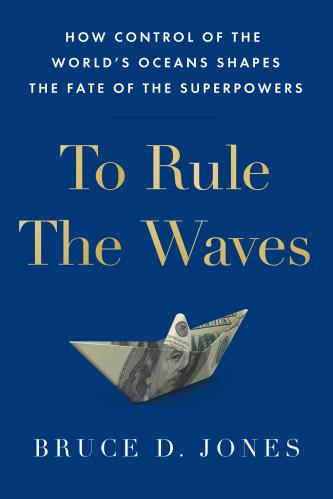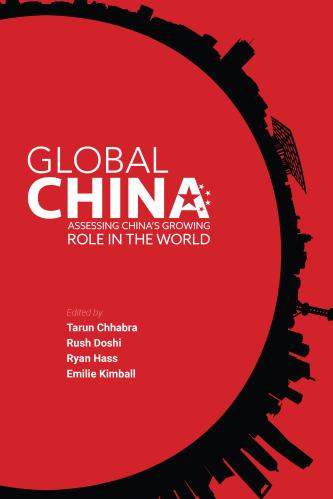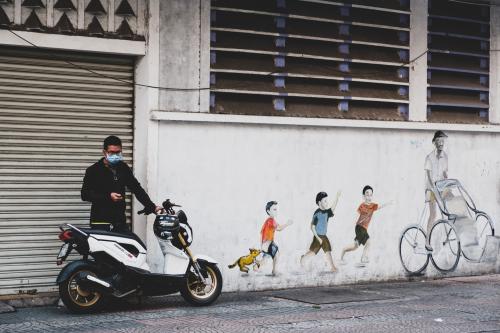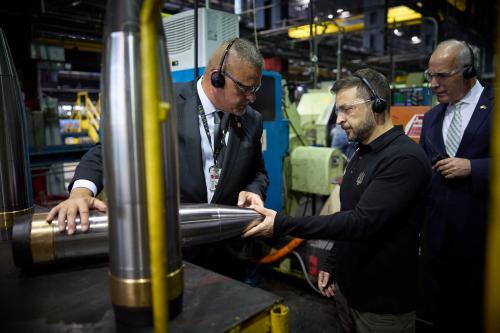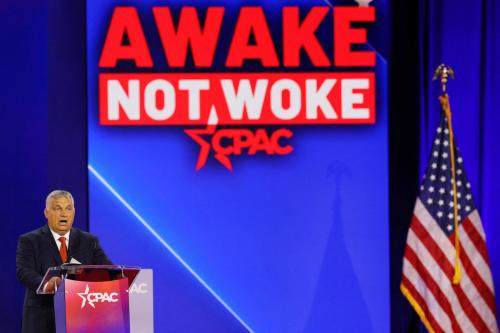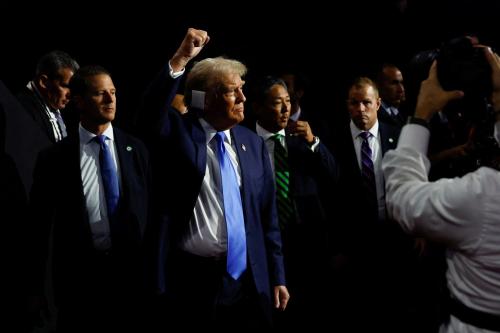Democratic politics is about making government work for the people by giving citizens a voice in government and the ability to remove leaders from office. Corruption is the misuse of public office for private gain. When politicians use their office to enrich themselves or their political allies, they violate the public’s trust and undermine the legitimacy of their governments. Politicians in liberal democracies should be more resilient to corruption than their counterparts in authoritarian regimes are, but experiences in Asia show that the region’s democratic governments are by no means immune from corruption. As these papers on Malaysia, the Philippines, and South Korea reveal, corruption remains a central policy issue for democratic governments in Asia, and the politics of controlling corruption is central to understanding electoral politics and elite political maneuvering.
Of course, even though both democratic and nondemocratic countries face the challenge of corruption, democracies offer more opportunities to address corruption. In a democracy, citizens have the ability to vote politicians out of office for violating the public’s trust. Politicians also have an incentive to write laws that can help control corruption. Democracies also tolerate criticism and media freedoms, both of which are essential for helping the public identify corruption where it exists. As noted in each paper, public debate about corruption impels governments to take steps to rein in corrupt dealings. By contrast, the anti-corruption efforts of nondemocracies depend on the will of unelected politicians, many of whom claim to oppose corruption while they simultaneously line their pockets.
Yet, despite the opportunities afforded to Asia’s democracies, reducing corruption is still a significant challenge. Democratically elected politicians often seem immune to popular sanction, using their access to public coffers to reward their supporters. Bureaucrats and administrators who are appointed rather than elected can benefit from political favoritism. Most distressingly, the institutions that monitor corruption can themselves fall victim to politics, rendered ineffective by legislative or executive action or staffed by political appointees with private agendas. In Malaysia, the Philippines, and South Korea, these and other corruption challenges are afflicting their new and uncertain democracies, while their democratic governments are working to reduce corruption and fulfill the promises of democracy for their citizens.
Malaysia presents a particularly interesting case, as the country’s high economic performance has coexisted with corruption ever since its independence. Francis E. Hutchinson notes that although corruption has long been an issue in Malaysia, it reached new heights under the administration of former Prime Minister Najib Razak; high-profile corruption scandals implicated the prime minister himself and his closest political allies. Malaysia’s opposition movement seized upon these and other scandals to push through a change in government, revealing the importance of democratic politics in sanctioning elected politicians for their misuse of office. Yet, as subsequent events showed, a change in government is often insufficient for enacting sustainable reform. The newly elected democratic government in Malaysia struggled to root out corruption once and for all. Malaysia’s party system and the courts proved to be highly resistant to change. Moreover, the electoral impetus to punish the most corrupt politicians quickly had the counterproductive effect of distracting the new government from its handling of pocketbook issues, leading to its subsequent loss of power and the return of the old guard. Hutchinson concludes that efforts to combat corruption must be attentive not only to the worst political scandals, but also to the concerns of ordinary people. Malaysia’s recent history of anti-corruption efforts shows that the popular voice can produce real change, but for it to last, that change requires grassroots support from civil society to maintain consistent pressure on those holding power.
Maria Ela L. Atienza’s analysis of corruption and democracy in the Philippines captures the challenges facing a country with both a longer history of electoral democracy and a more fraught history of economic performance. Since the overthrow of the Ferdinand Marcos regime in 1986, spurred by a mass protest movement that targeted the regime’s corruption and violence, successive democratic governments in the Philippines have struggled to contain corruption. Atienza identifies several institutional challenges in addressing corruption, ranging from administrative inefficiency and judicial inaction to threats from the executive and legislative branches against anti-corruption activists both in government and in civil society. At the same time, she highlights some notable examples of good policies, such as Bottom-Up Budgeting, which puts key policy decisions in the hands of local communities. Atienza’s recommendations for further strengthening the Philippines’ anti-corruption efforts bear strong resemblance to recommendations for strengthening Philippine democracy itself, focusing on transparency and civil society, institutional and judicial independence, and a more coherent party system that gives Philippine citizens a real voice in how their country is run.
In the last paper, Hyeok Yong Kwon showcases the recent democratic successes and continued challenges of corruption in South Korea. Echoing Hutchinson’s points about the importance of civil society in Malaysia and Atienza’s points about institutional challenges in the Philippines, Kwon emphasizes that even in a country such as South Korea that has made demonstrable progress in recent decades in addressing corruption, the details matter and success takes time. Corruption scandals have led to the conviction and imprisonment of two former South Korean presidents, and successive administrations have created a series of high-level institutions responsible for investigating and prosecuting corruption cases. Yet South Korean politics continues to be characterized by close relationships between the state and large business conglomerates, and new anti-corruption bodies face crucial institutional design and resourcing problems. The case of South Korea nevertheless reveals that progress in addressing corruption is possible — and that democratic political competition makes this progress more likely, even if it is slow and halting at times.
In sum, these three papers provide anti-corruption activists and democratic policymakers with important tools and insights into democracy and corruption in the Asia-Pacific region. The most important principle is that success does not come easily or quickly. Combatting corruption requires sustained effort and coordination among elected officials and bureaucrats, with the understanding that official corruption is difficult to root out because those who are responsible for it have strong incentives to fight back using the tools at their disposal.
Reducing corruption also requires sustained pressure from civil society. For ordinary citizens to root out corruption, voters have to have the ability to sanction politicians at the ballot box, and civil society actors must be vigilant and committed to anti-corruption messaging that resonates with ordinary people’s concerns. Few public policy problems are as thorny as corruption, but civil society action is part and parcel of any democratic solution to corruption.
-
Acknowledgements and disclosures
The authors would like to thank McCall Mintzer, Adrien Chorn, and Jennifer Mason for their assistance with this project, Lori Merritt for editing, Chris Krupinski for layout, Rachel Slattery for web design, and Alexandra Dimsdale for assisting with the publication process.



